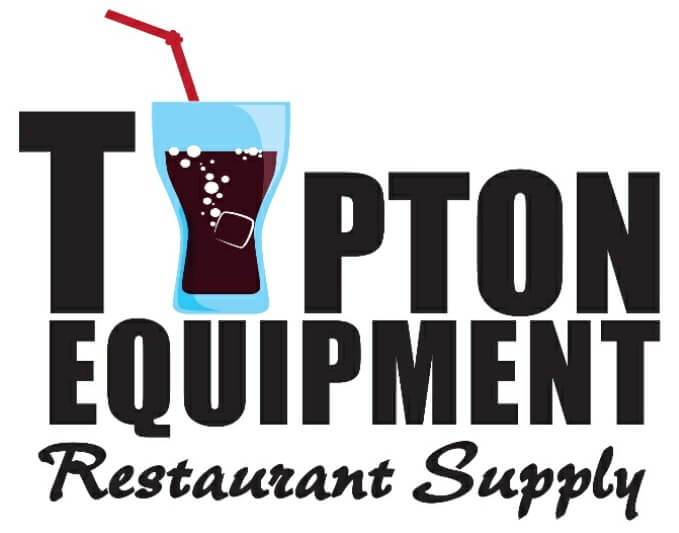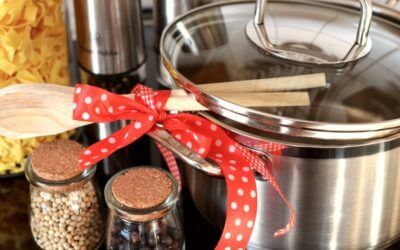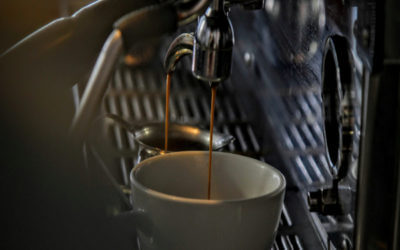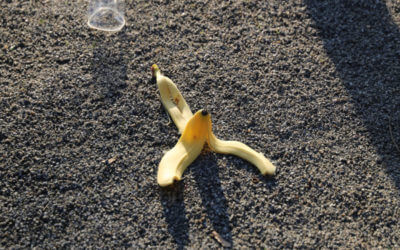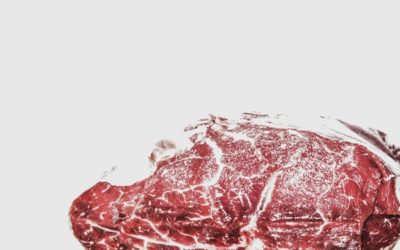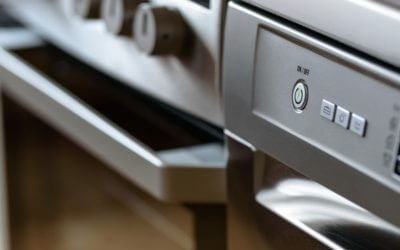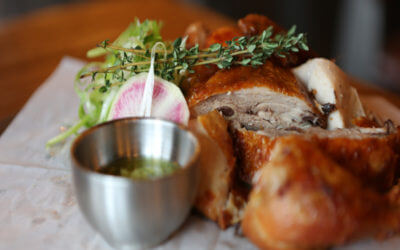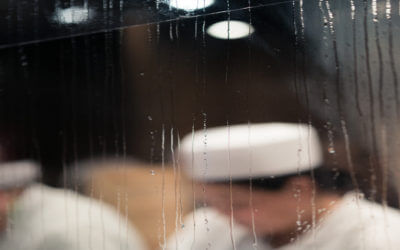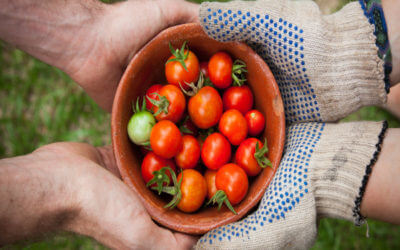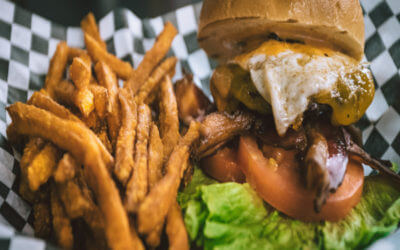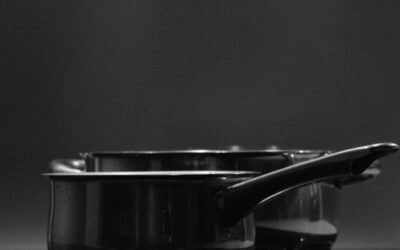How to Crash the Dine and Dash
June 1, 2017Any business that sells physical products is subject to the occasional theft. So do restaurants, but it’s just called dine and dash.
Those who dine and dash take advantage of the fact that they receive their purchase before they pay, rather than after. In many restaurants, it’s easy to just walk out without paying the bill. Staff might assume that a dine and dash has already paid, or that she is simply on her way to visit the washroom, before they realize their customer has slipped out the door. When a restaurant is busy, it is also possible that staff might not even notice a customer leaving before it’s too late.
Dine and dash doesn’t just cause the restaurant to lose out on the money owed them for that meal. It is also frustrating and demoralizing for staff, especially when they put a lot of effort into serving the customer with care. It’s distressing to find out that, rather than getting the tip they expected, the customer has chosen not to pay at all. There’s nothing like being wronged to put someone in a bad mood, and that can affect the service your customers receive.
Dine and dash can be a serious problem. So what can be done about it? Here are a few simple tips to reduce theft in your restaurant.
- Always Keep an Eye on the Front
There should always be an employee at the front of the restaurant to welcome each customer and thank them when they leave. Most people who dine and dash will not be brave enough to walk past an employee’s gaze without first paying the bill.
You may already have a host or hostess, but if he or she is away from the front for just a brief amount of time, a dine and dash can slip past. If your host often carries out duties away from the front, review your system and identify where those tasks can be automated or done by someone else. For an added level of security, you can require that all customers pay at the front before leaving.
2. Build Rapport
Great customer service is not just about bringing customers to your restaurant. When you build rapport with your guests, they will come to like you, and people are less likely to wrong someone they like. Make sure every person a guest comes into contact with makes an effort to create a personal connection with that guest. Even if it doesn’t deter a dine and dash, your paying customers will love it, so you can’t lose!
- Remember the Culprits
When a dine and dash does occur, talk to your staff and record everything you know about him. Instruct your employees to look out for the culprit in the future. If someone who dine and dash returns, you can then choose to either keep a close eye on him or refuse him service.
Remember to keep safety first. If you don’t have a security detail, do not let your staff members physically confront a dishonest customer. Follow these preventative tips, and with any luck, you will see a reduction in dine and dash theft in your restaurant.
What’s in a Cooking Pot, How to Choose the Right One?
As a restaurant owner, your cooking needs might vary. Did you know that a good quality pot can greatly improve your cooking experience, while also improving the quality of your cooking? This cooking equipment is a very important one that cannot be done away with...
5 Things Every Restaurant Owner Should Do Before Buying Used Kitchen Equipment
Equipping your restaurant properly can cost a lot of money, so buying used kitchen equipment is the go-to choice for many restaurateurs. Buying used kitchen equipment for a restaurant is a bit different than buying used equipment for your home, however. You will...
Top Restaurant Technology Trends in 2018
When looking to buy restaurant supplies, you want to be on the leading edge of technology trends. This will keep your kitchen running smoothly. Let’s take a look at some of the most recent trends in restaurant supplies technology. 1. New Payment Options Who would...
5 Different Ice Shapes and Why You Should Care About Them
Ice makers are very popular in the restaurant and foodservice community because they eliminate the need to buy ice every day. And of course, adding an ice maker to your collection of foodservice equipment means you will always have ice on hand when you need it. An...
Pulping and Grinding: A Starter’s Guide to Reducing Commercial Food Waste Costs
For most restaurant owners and managers, the expenses involved in making meals are always under careful consideration. Water is needed to prepare, cook and wash food; power is necessary for food prep, cooking and cooling, and so on. However, how many of us consider...
Choosing the Right Milk Cooler: Cold Wall or Forced Air?
In a restaurant, milk is an essential to have on hand for coffee and other café-style beverages, for serving with kids’ meals, and as a key ingredient in many recipes. Keeping your milk properly chilled can be difficult without the proper restaurant equipment....
How to Choose Your Next Commercial Meat Smoker
The movies that connect with us on a personal level are the ones that linger in our memories forever. Anyone who has used a commercial meat smoker knows that they have a huge influence on the taste of a meal. You need to have just the right kitchen equipment to get a...
Are High Speed Ovens Too Good to be True?
You might have heard a few of the bold claims that foodservice equipment manufacturers have been making about high speed ovens, but they can’t be possible, right? Cooking three times as faster as regular ovens? Five times as fast? Fifteen times as fast? It may seem...
Choosing the Right Food Storage Containers for Your Restaurant
Choosing the right kitchen supplies will make a difference in your restaurant. Whether it is heavy duty kitchen equipment or food storage containers, each piece of equipment plays its own important role. Today, we are going to talk about how to choose the right food...
Tipton’s Guide to Perfect Poultry Trussing
Do you ever truss birds in your commercial kitchen? Trussing is a fantastic cooking technique because it makes poultry cook faster, look more attractive and taste better. If your commercial kitchen prepares poultry, you don’t want to miss these trussing tips. Trussing...
How to Eliminate Excess Condensation in Your Kitchen
Is your commercial kitchen getting steamy? If so, you could have more than just an uncomfortable working environment on your hands. Excess moisture in your commercial kitchen can result in the corrosion of equipment, the development of mold, and even damage to your...
The DIY Guide to Your Restaurant’s Own Garden
Stocking your restaurant supply with your own home-grown herbs and produce can truly bring your dishes to life. When it comes to food, everyone knows there’s nothing like homemade and home-grown. Having your own culinary garden, however large or small, can help you...
5 Reasons a Meat Grinder Will Set Your Burgers Apart
The more you do to prepare your foods in-house with the right kitchen equipment, the fresher and more flavorful your dishes become. There are all sorts of restaurants offering fast-food style burgers, but some diners are looking for the real deal. A fresh, juicy...
Pest Preventions to Implement in Your Commercial Kitchen
Restaurant pests: it’s something that few people want to think about. Like it or not, pest management is an essential consideration for every commercial kitchen. Offering food, shelter and water, the unprepared commercial kitchen naturally provides everything pests...
Choosing the Right Material for Your Cooking Equipment
Kitchens are very unique to their chef. Just like a car mechanic has a toolbox unique to them, so is the cooking equipment in a kitchen. And over time, the same cooking equipment become a natural extension of the chef. What tools are you using in your kitchen? It...
